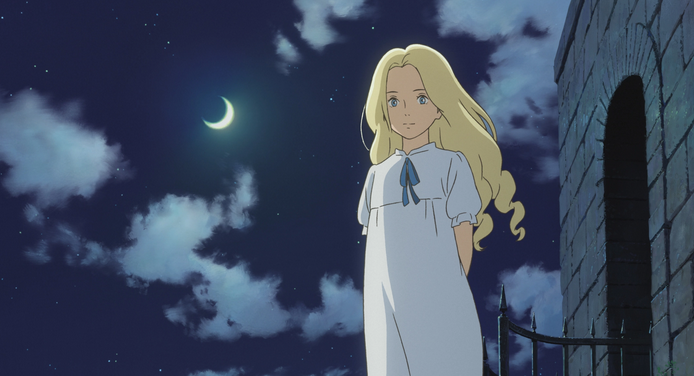Maybe you are good Southern rasslin’ kin, strong of gait and wild of tongue, versed in all things WWE. Maybe you were raised ringside, held high upon your father’s shoulders as he shouted, “This is a total schmoz! Get those mid-carders out of here!” You are the sort of man or woman who knows The Rock from a rock. A dead man from The Deadman.
If the above is true, stop reading now. This article is meant for those gentler readers who heard that the nation’s largest pro-wrestling franchise (now worth over a billion American smackeroos) will be in town this weekend and thought, “Wrestling? But isn’t that, like, fake and stuff?”
The short answer is yes, wrestling is fake. Vince McMahon, WWE’s ancient but somehow totally ripped CEO, declared it to be fake in 1989 before a New Jersey court, in a successful effort to get the sport deregulated. But to call it fake is to gloss over how much of pro wrestling is real: lives lost, noses broken, careers ruined or made. Sure, the punches are choreographed, but the forces that drive that choreography are a Shakespearean negotiation between gimmicky theatrics, audience participation, and “legit” athleticism. The fights aren’t fake so much as they are actively symbolic of an ever-shifting compromise between public desire and what “the Authority” thinks will make money. You know, like politics.
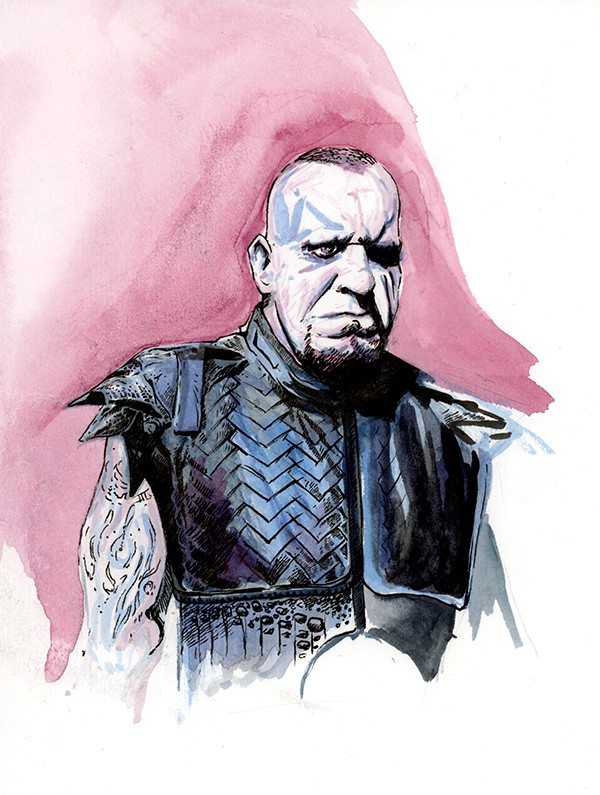 Ian Harkey
Ian Harkey
Except wrestling is far more pure than politics. It is about nothing but the celebrity of the wrestlers. The sport does not involve famous people; fame is the sport. Wrestling isn’t about celebrity. It actually is celebrity, inscribed in symbolic physical form. To quote the essayist John Jeremiah Sullivan, “The purity of that!”
For your guidance, here is a brief and randomly selected glossary of professional wrestling lingo.
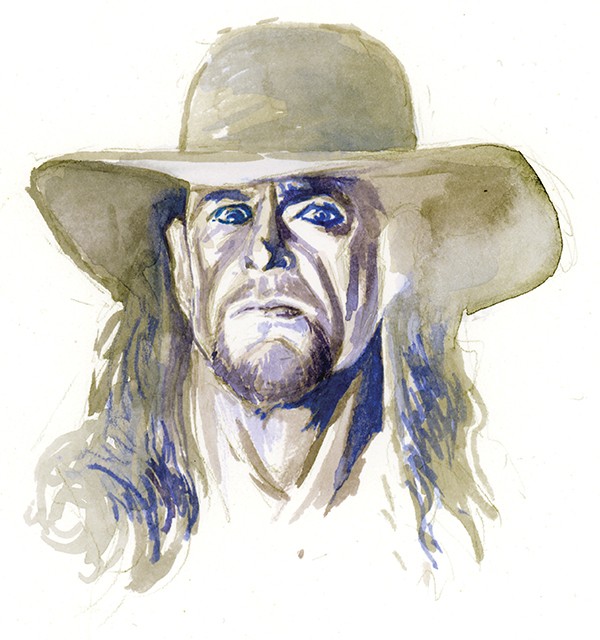 Ian Harkey
Ian Harkey
Kayfabe: The pretense that anything in professional wrestling is real. Wrestlers used to have to maintain their beefs in the ring and out of it, but now that we are in the “reality era” of wrestling, what’s really real is communicated as much through reality shows, social media, and podcasts as anything else. Reality proliferates.
Legit: Pro wrestling that is actually real. You could say current superstars Brie and Nikki Bella are “legit twins” rather than make-believe siblings, as is the case with many in-ring alliances.
Babyface: a good guy; someone the crowd is supposed to like. (See: John Cena, the cherubically corn-fed world champion who recently appeared alongside Amy Schumer in Judd Apatow’s Trainwreck.)
The Spanish announcer table: The table that wrestlers most commonly destroy mid-match. It has been broken so many times the WWE calls it “The Spanish announce table Massacre.”
Jobber: A wrestler who routinely loses matches to up-and-coming stars, in order to grow those stars’ credibility. “A jobber to the stars” is sort of a glorified jobber.
Crimson mask: A face covered in blood. A face covered in blood! If someone purposefully bashes their head into barbed wire for greater dramatic effect, is the pain still real? As infamously pain-insensitive wrestler Mick Foley (aka Mankind) once said, “It’s not like I sit at home and miss being hit by chairs. It’s just something I think I do well.”
If you’re going to start somewhere with wrestling, you might as well start with The Undertaker. There is little to no chance that the veteran wrestler — known variously as The Deadman, The Master of Pain, Dice Morgan, The Punisher, American Bad Ass, The Commando and Texas Red — will appear this weekend in Memphis. But he unquestionably has one of the best gimmicks of all time, as a zombified Big Man whose longtime manager was a histrionic ghoul named Paul Bearer (get it?), and who regularly drags opponents into the beyond. His last major appearance was during WWE SummerSlam, where he faced off with Brock Lesnar, wearing eyeliner and shaking with posthumous strength.
Pro-wrestling freshmen, go back and watch The Undertaker fight Jake “The Snake” Roberts (a man whose tortured life is well-documented in the 1999 documentary Beyond the Mat). Then watch him in a Casket match, a Body Bag match, a Buried Alive match, a Rest in Peace match, a Hell in a Cell match, and a Last Ride match. Then, gentle reader, ask yourself: Are we having fun yet?
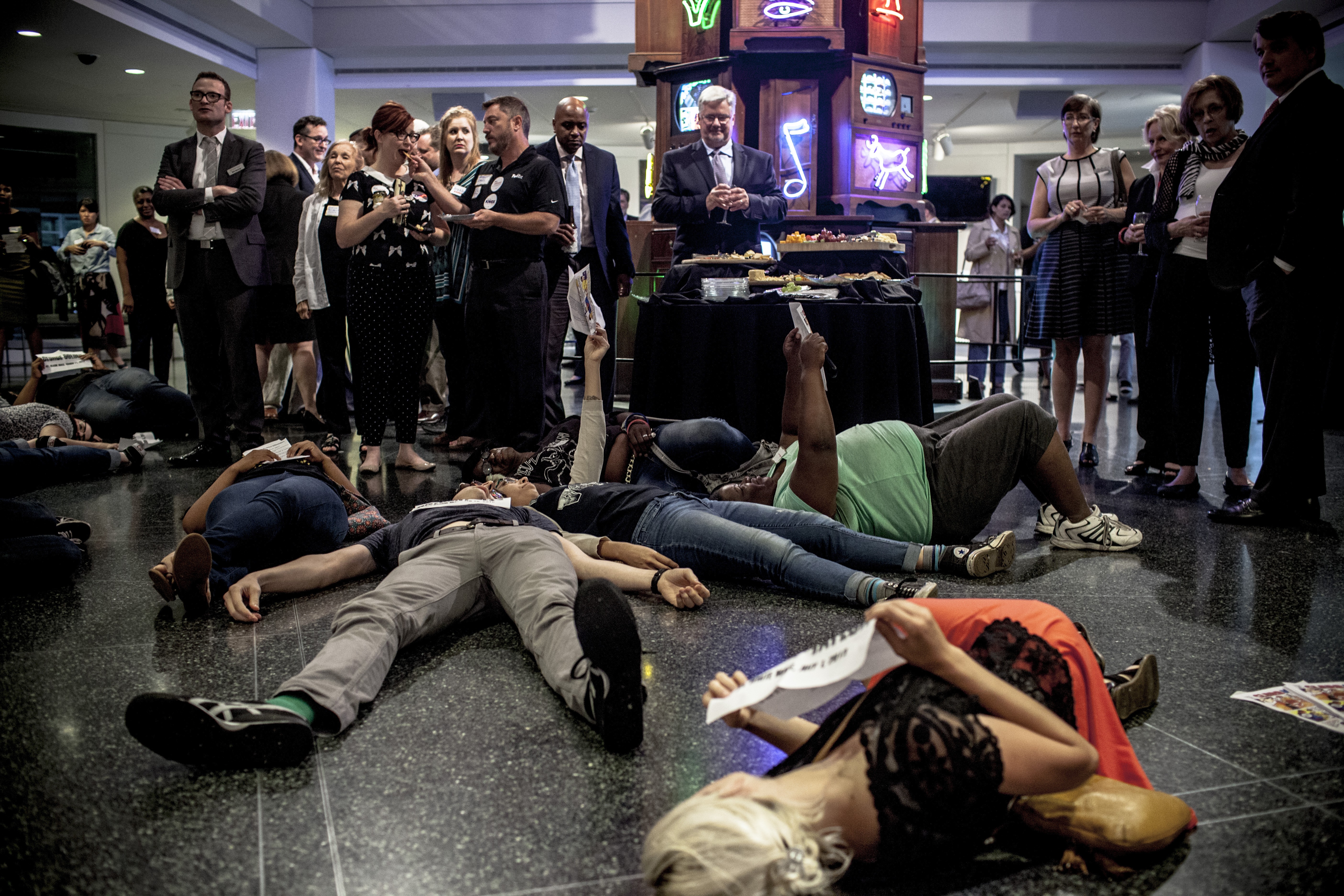 Andrea Morales
Andrea Morales 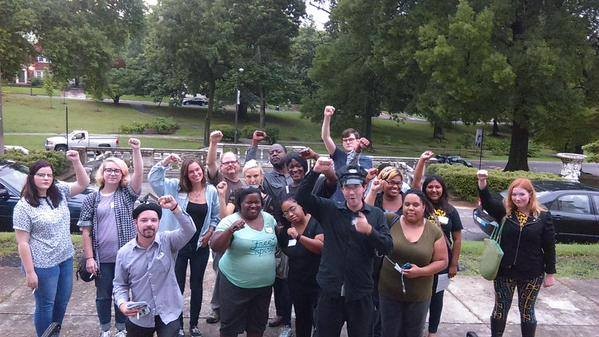 Memphis Arts Brigade
Memphis Arts Brigade  Ian Harkey
Ian Harkey  Ian Harkey
Ian Harkey 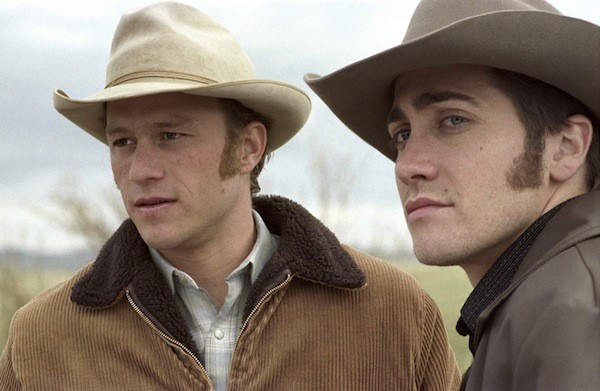
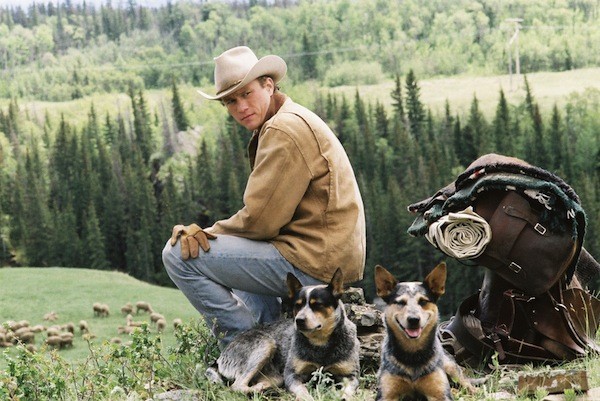
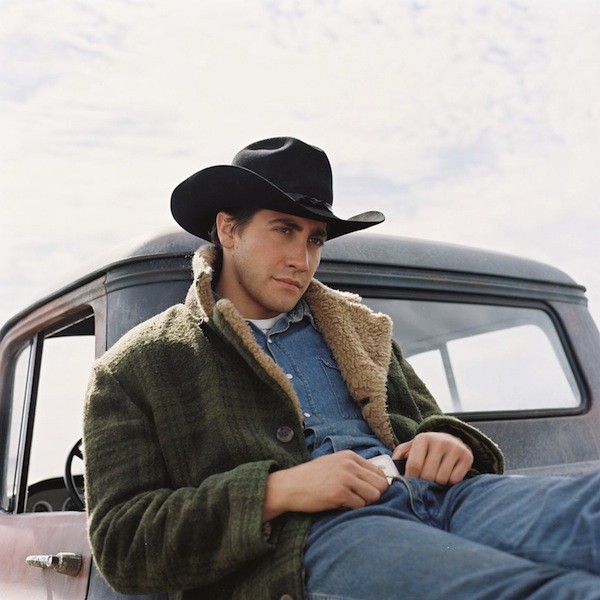
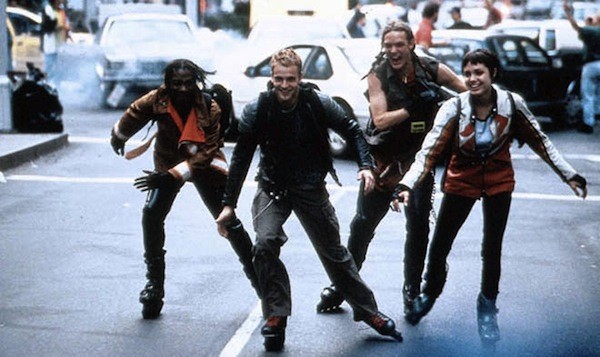
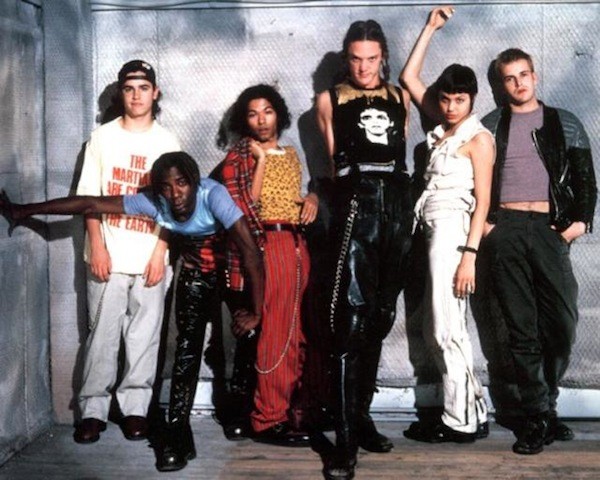
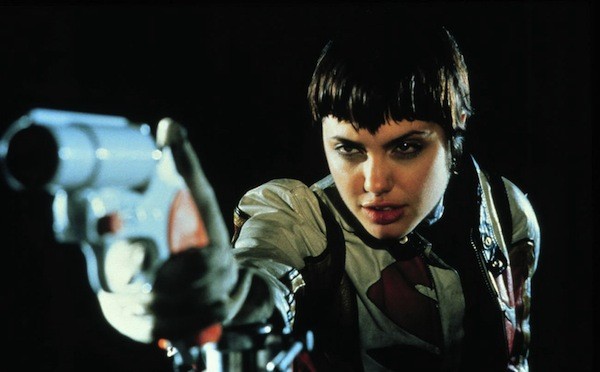
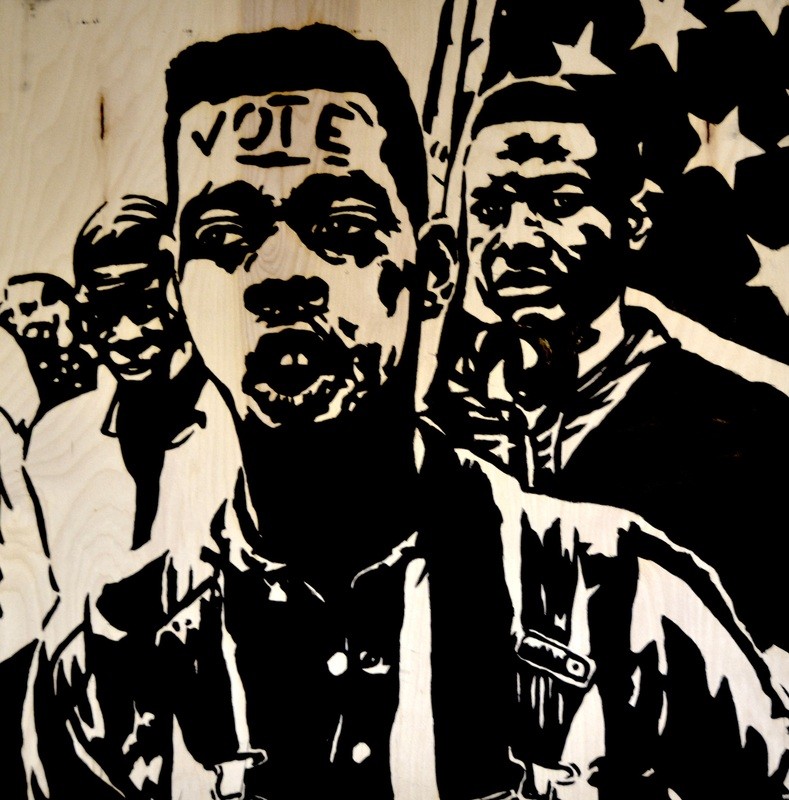 Lawrence Matthews, ‘Vote III’
Lawrence Matthews, ‘Vote III’ 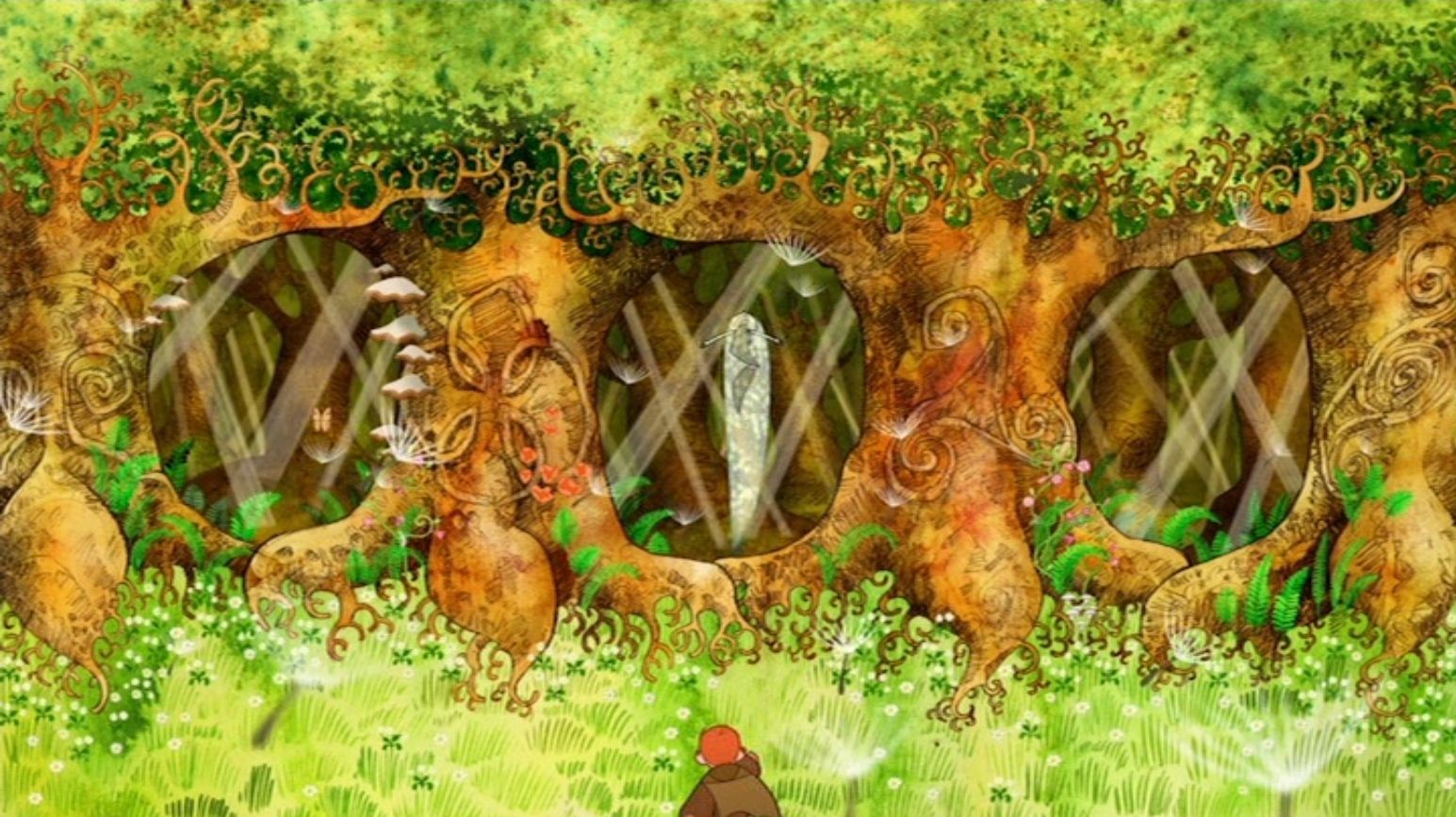 Still from ‘The Secret of Kells’
Still from ‘The Secret of Kells’ 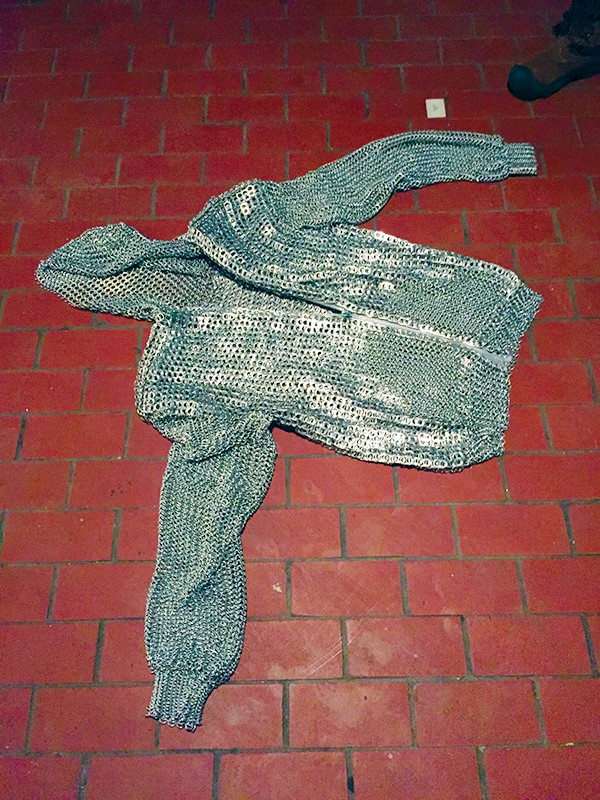
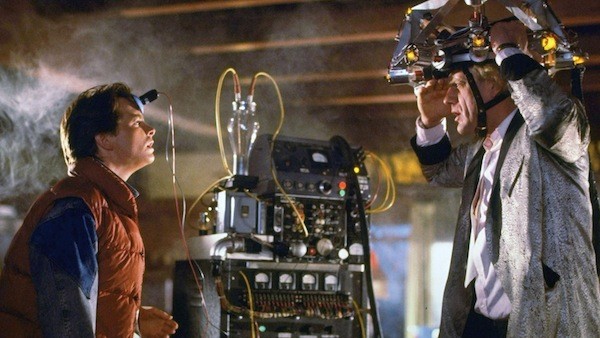

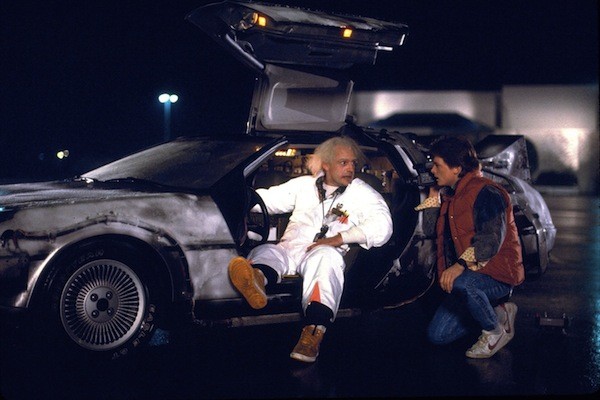
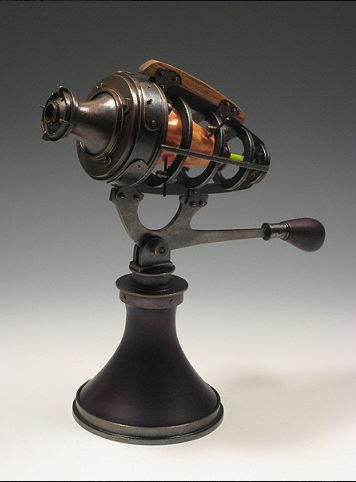 David Clemons, ‘Senescopia’ (2007)
David Clemons, ‘Senescopia’ (2007) 